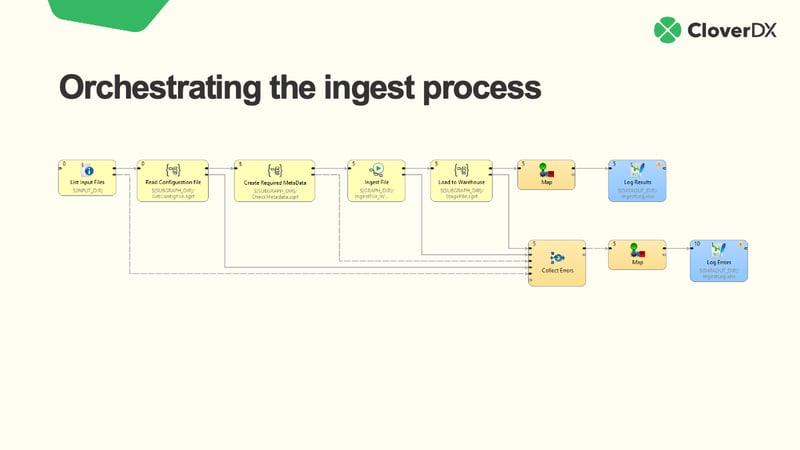When we speak to clients who are expanding or changing their tech stack, we often witness debates around build vs buy, open source vs commercial, cloud vs on-prem, etc. And when examining some of the most common categories, there are clear pros and cons between them.
Open source
Developers often love open source platforms because of the community-driven approach, ecosystem, and flexibility. However, be careful which one you choose, as a lot of them lose steam – plus, you’ll need expensive development resource to stitch it all together and keep it up to date.
Cloud-native
The sheer number of cloud-native platforms utilized by most businesses will tell you that they can often be quite limited – many platforms lack the robustness and maturity required to support the needs of an enterprise-level business. Or, even if they can, the ecosystem and landscape is still largely undeveloped – even if it looks robust on the surface – meaning it can be hard to integrate effectively when the time comes.
Coded solutions
Home-grown solutions can be especially tempting when searches for the right platform have been unsuccessful, and what better way to ensure something meets your needs than to build it yourself? But this potentially creates an unscalable solution whose maintenance relies on the expertise (and labor) of the person or team who built it.
And even more than that, if a business is in the habit of coding a solution to whatever problem arises, it can mean that solutions aren’t properly contextualised within the entire data architecture. This means that varying scopes can hinder teams’ effectiveness and ability to maintain all parts of the solution, creating problems downstream.
Legacy commercial products
Chances are you’re already intimately familiar with the pros and cons of these platforms. They likely hold business critical data, both historical and current, but they can be cumbersome to use, especially as you try to integrate with or migrate to newer platforms. They also tend to be harder to scale, both technically and commercially.
So which one should you lean towards as you grow?
The reality is that most enterprise-level organizations will need multiple or all of these at some point. So it’s less about choosing a path and sticking to it, and more about understanding how you can orchestrate reliable data processes across all of these platforms for a more agile, more scalable business with reliable data to power it.
CloverDX: the glue that holds it all together
CloverDX allows you to orchestrate and automate your processes across seemingly incompatible platforms, across pipelines, without sacrificing quality or validation along the way. It can serve as the glue to hold all your systems together by:
- Offering better productivity for your developers with connectors, visually driven process creation, and the flexibility to take coded or no/low-code approaches where appropriate
- Enabling automation at every step of the process so you can create more scalable and reliable data processes
- Natively solving for complexity and flexibility, meaning you never have to worry again how you’ll connect to a data source, move data in or out of it, or transform it along the way
This creates a cohesive, repeatable process that allows you to take on new use cases more easily as the business needs grow. Book a demo and see for yourself how easy it is to connect all of your business platforms together.










